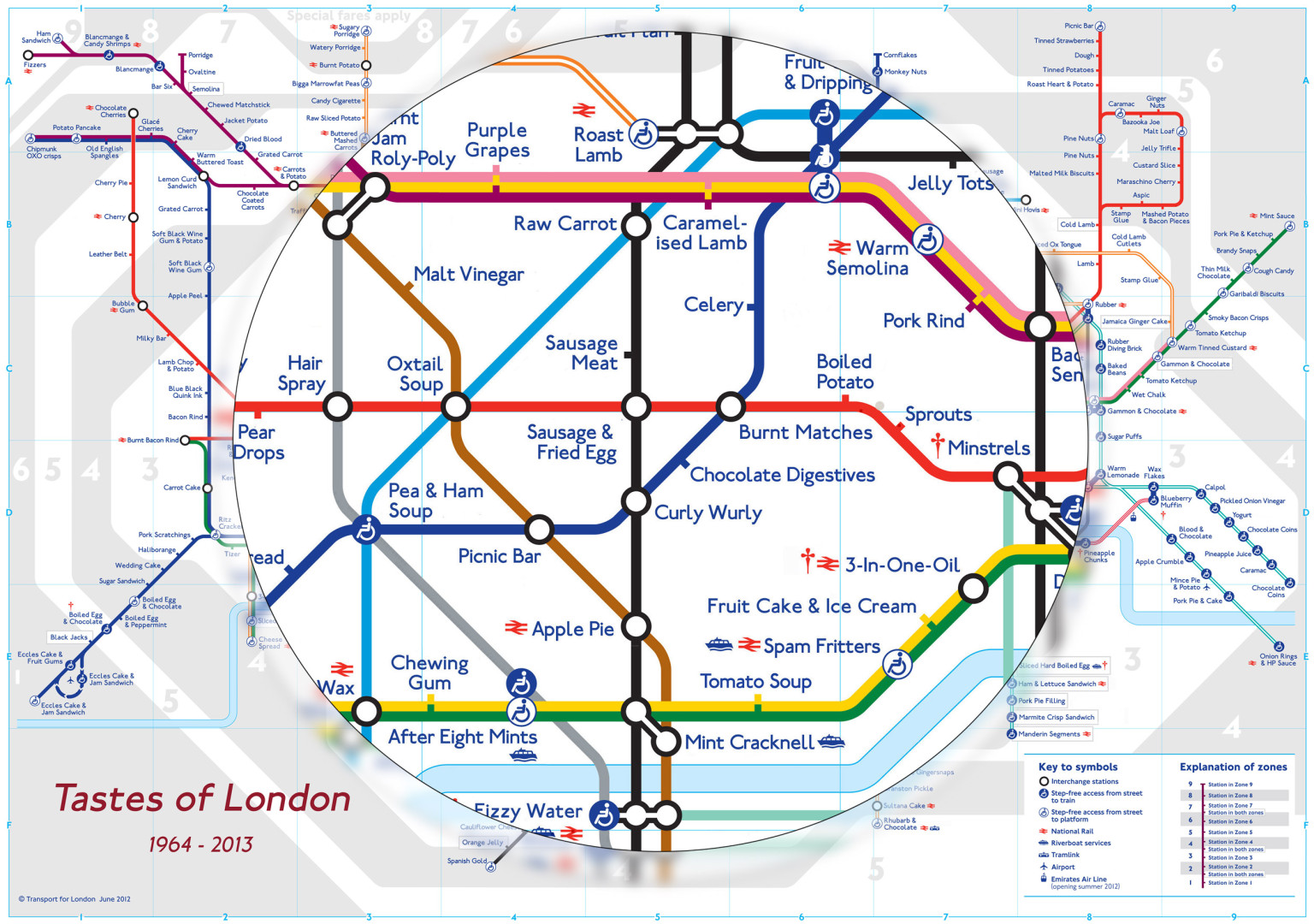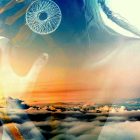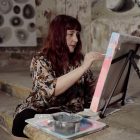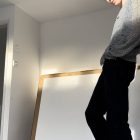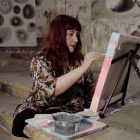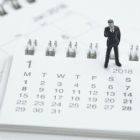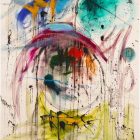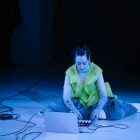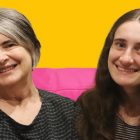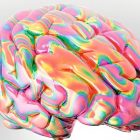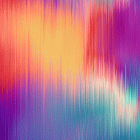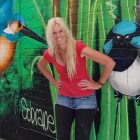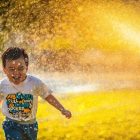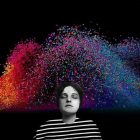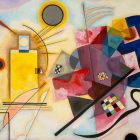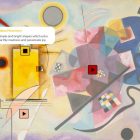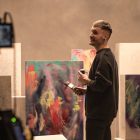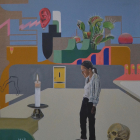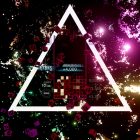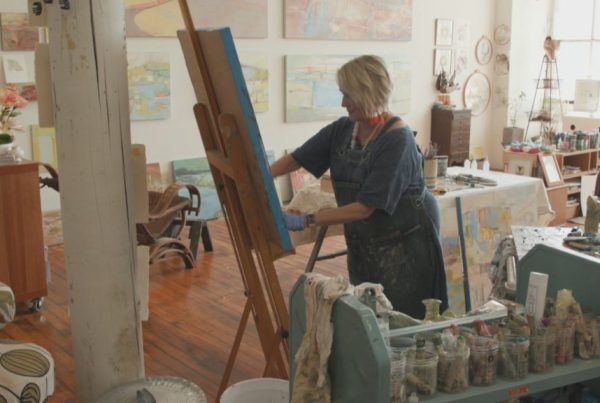Taste Tube Map designed by James Wannerton copyright TFL
Experts in synaesthesia and people with the condition themselves will be coming to the Royal Society Summer Science Exhibition from 1-7 July.
Synaesthetes might see words in colour, hear sounds in shapes, or visualise time laid out in front of them. It’s a condition in which senses merge, or occur together, in an unusual way. Someone might always see the word Monday as green, but the word Tuesday as blue, for example.
Psychologists at the University of Sussex and Goldsmiths, University of London are together holding an exhibition on the subject of synaesthesia at the Royal Society’s prestigious Summer Science Exhibition. As well as exploring the subject in general, the experts will be particularly looking at the topic of mirror-sensory synaesthesia. That’s when people feel on their own body physical sensations that they see happening to another person.
Visitors to the exhibition will have a chance to chat with people who have synaesthesia themselves, including a student at the University of Sussex who has chosen to study his own condition; a violinist who has created a violin which lights up in the colours in which she sees musical notes; an artist who paints voices; and a man who tastes something different for each stop on the London tube map.
People coming along will also have a chance to experience what synaesthesia is like for themselves. They will be able to:
- Experience the ‘rubber hand illusion’, which gives an insight into mirror-sensory synaesthesia by making you think a rubber hand is your own
- Play with a magic mirror for kids to see how perception and reality can be confused
- Learn how the study of synaesthesia might be able to help blind people to see with sound
- Try the ‘Bouba Kiki’ game. Which nonsense words belong to which shapes… and do other people agree with you?
- Taste some synaesthesia cocktails (at the Lates). Three small clear cocktails: will you and your friends agree on their flavours, and what colour each one tastes of?
Dr Natalie Bowling, postdoctoral researcher in the Psychology School at the University of Sussex, said:
“We study synaesthesia to build an understanding of how all of us perceive and interact with the world. For example, we know that people with mirror-sensory synaesthesia are more empathetic and are better at recognising emotions. This suggests that perceiving and empathising with the experiences of other people occurs through a process of simulation – that is, by representing the experiences of others as we do our own.
“As well as simply understanding human minds better, we’re also working on ways to apply this. For example, researchers at the University of Sussex have already developed devices using what we know about synaesthesia that could help blind people to see through sound.”
Sheridan Orr, who has mirror-touch synaesthesia herself, and has been helping the University of Sussex and Goldsmiths with their research says:
“There are certain things that really annoy me. Someone’s putting on their eye shadow, and I’m feeling a brush across my eyelid. Part of mirror-touch synaesthesia is that you have very strong empathy. You really do feel other people’s pain. Your brain is taking in these behaviours from so many people at the same time, it becomes like a sensory overload that’s very much a full body immersive experience.”
More about synaesthesia and mirror-sensory synaesthesia
- Numerous celebrities are known to have some form of synaesthesia, including Lady Gaga and Pharrell Williams.
- Structural and functional brain differences have been observed in synaesthetes – for instance mirror-sensory synaesthetes show greater activity in the region of the brain that represents touch, when they see someone else being touched.
- Three in ten people have some form of mirror-sensory synaesthesia. Most of those people have mirror-pain synaesthesia (about 29%) – ie where they see another person in pain they feel it themselves on their body. For about half, this will be localised. If they see a person stabbed in the leg, they’ll feel something like a stabbing sensation in the leg. For the rest, this will be generalised: they’ll feel some kind of all-over body sensation.
- Only 1.6% of the population have mirror-touch synaesthesia. This is a subset of mirror-sensory synaesthesia. Mirror-touch synaesthetes vicariously experience non-painful or pleasant touch sensations that they see happening to other people, as well as painful ones. For example, if someone with this condition were to observe someone gently touching their cheek, they would feel a similar sensation on their own cheek. If they see someone being hugged, they might feel like they are getting a hug too.
Recent Synaesthesia-related articles
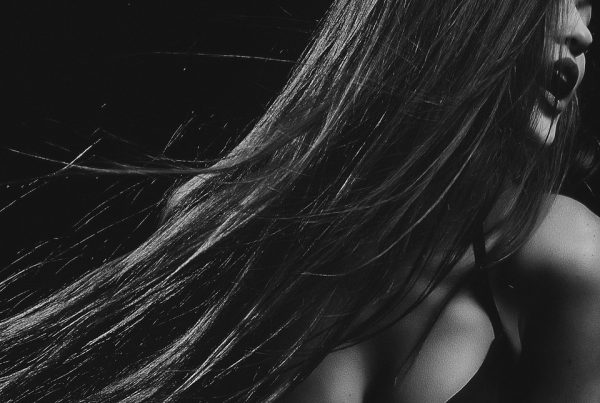
Through synesthesia, Anna feels other people’s pain | Breaking Latest
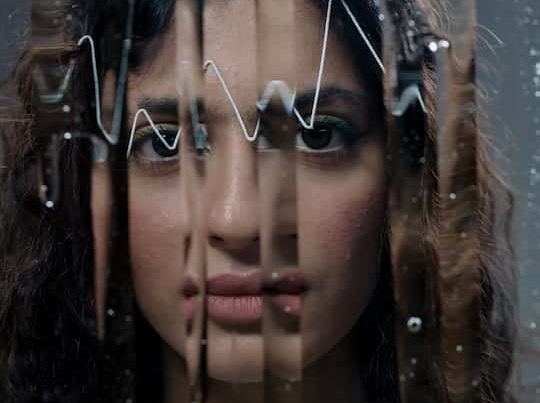
Synesthesia: Types, Examples, Causes, Symptoms | Spring.org

How an ability to “hear colours” helped this M’sian crafter sustain her family & studies | Vulcan Post


